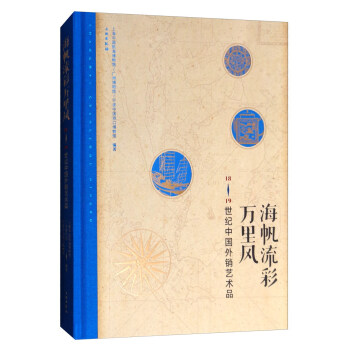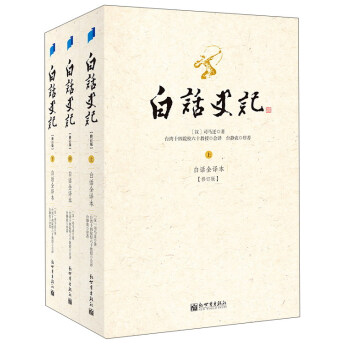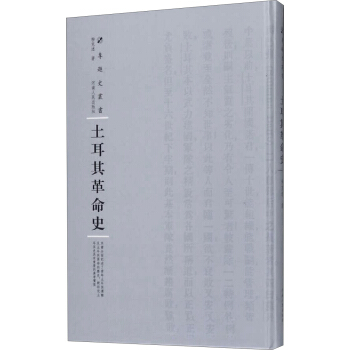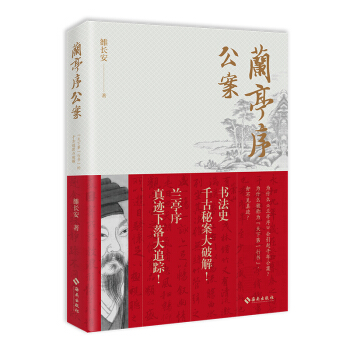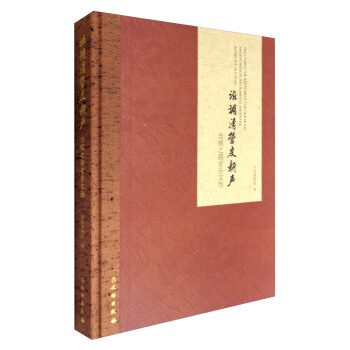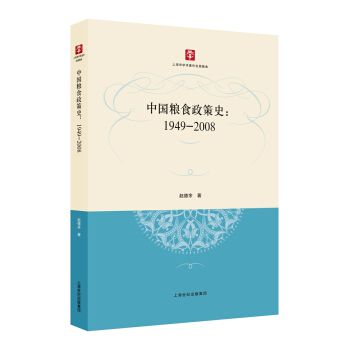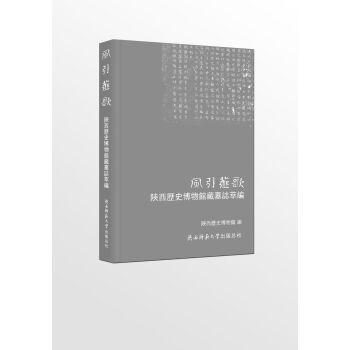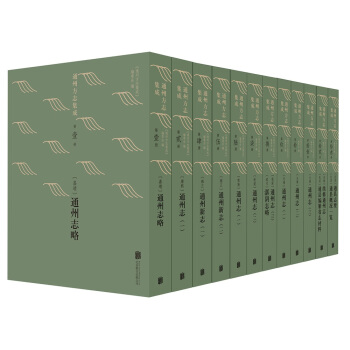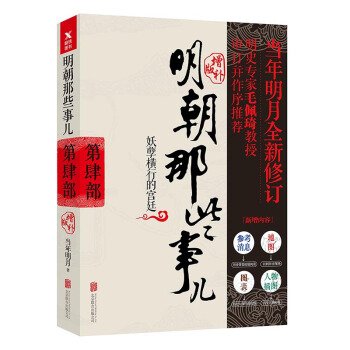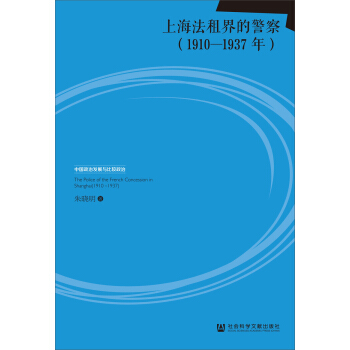

具體描述
內容簡介
上海法租界警察是法國駐滬領事直接領導下的警察機構,是維持法國在滬乃至在華利益的重要力量。它兼具政治鎮壓和社會管理的雙重功能,不僅對中國現代政治的發展産生瞭一定的影響,而且對塑造上海城市空間和都市文化發揮瞭不可缺少的重要作用。本書主要利用法國外交部檔案館、法國海外殖民檔案館、上海檔案館的檔案資料,並結閤法語、英語和中文的相關研究,對上海法租界警察的源起、組織機構、人事構成、社會管理和政治鎮壓的職能進行瞭全麵的分析和論述。作者簡介
硃曉明,1981年生於山東淄博。現任教於中國人民大學國際關係學院政治學係。本碩畢業於華東師範大學曆史係,博士畢業於法國裏昂高等師範(Ecole Normale Superieure de Lyon),師從安剋強(Christian Henriot)教授和許紀霖教授,主攻中國近現代史。目錄
AcknowledgementAbstract
Introduction
Chapter Ⅰ The origin of the police in the French Concession
1 The legal bases of the police in the French Concession
2 Special geography of jurisdictions in Shanghai
3 Urbanisation and new challenges for the police
4 The network of the French Colonial Empire
Chapter Ⅱ Organisation of the police
1 Control of the police by the French Consul
2 Militarisation and professionalisation of the police
3 Organisations and functions of the police in the 1930s
4 Police costs and revenue
Chapter Ⅲ The police force in the French Concession
1 A multinational police force
2 Standards of recruitment
3 Training and the courses to become a policeman
4 Salaries and welfare benefits
5 Job stability and career
6 A day in the life of a policeman in Shanghai
Chapter IV Police and politics: A history of the political section of the police
1 Organisation of the Political Section and its functions
2 The Guomindang and the Chinese communists in the French Concession
3 The Japanese factor
General Conclusion
精彩書摘
《上海法租界的警察(1910-1937年)》:From this comparison of salaries of French, Russian, Chinese and Vietnamese policemen in the French Concession, it can be concluded that salaries were differentiated not only by official rank, but also by racial hierarchy—the French were the most favoured, followed by the Russians, then the Vietnamese, with the Chinese being the least favoured.This racial hierarchy was also applied to the structure of the police force as a whole—French police were the leaders and managers, seconded by the Russians, with the Vietnamese and Chinese forming the labourers and the 'working classes'.
4.1.3 A comparison between the salaries of policemen and employees of other municipal services in the French Concession
In 1897, as found in the archives, the first complaint regarding the unequal levels of salary between police and employees from other municipal services was raised.The Chief of Police complained that salaries of employees in the Bureau of Public Works (Service des Travaux) and in the Secretariat were much higher than those of policemen.This was largely due to the fact that salaries within municipal services had been increased several times, whereas police salaries had not been increased in 14 years.For example, in July 1887, a tax collector's monthly salary was 90 taels, while that of a lst class NCO (sous—officier de lere classe) was 65 taels.Ten years later, the tax collector's salary had increased to 170 taels per month, but the NCO still received just 65 taels every month.Following this, police salaries were increased by 10—50 taels over the next two years, thus going some way to alleviate the problem.
……
前言/序言
AcknowledgementFirstly, and most importantly, I would like to thank my dissertation director: Mr. Christian Henriot, for guiding me through my research. His trust, patience and professional academic guidance has seen me through the last five years, whenever and wherever I needed his help. He pushed me ahead whenever I lost courage, when I was lost amongst the numerous archives and written work, and when I was beset with family issues and academic problems. He is one of the most responsible and the best professors that I have ever met, and I am very grateful to him for being such a good and kind dissertation director.
I would also like to thank Mr. Xu Jilin, co-director of my dissertation, for his encouragement and support during the years. Without his help, I could not have completed this research.
My sincere thanks also go to the archivists in the Diplomatic Archives of Paris and Nantes, Shanghai Municipal Archives, Service Historique de la Défense, and Archives Nationales d’outre-mer, for helping me to search the catalogues and for delivering the archives, which formed the basis of my research.
I’d like to thank Madame Feng Yi, Madame Zhang Yu, Mr. Fran.ois Guillemot, and MadameYamamoto Miyuki for helping me so much during my stay in the Institut d’Asie Oriental. I would also like to thank Clémence Andréys for helping me read the handwritten French archives; Isabelle Durand for making the beautiful maps in my dissertation; my dear friends Ni Xiaofang, Li Na, Xiao Qi and Ni Xiaoju for letting me share their small rooms whenever I stayed in Paris; and Dorothée Rihal, Lee Ju Ling, Sung Tzu-hsuan and Zhao Weiqing for their encouragement and thoughtful discussion during my writing process.
I would also like to thank the professors who helped a great deal during my research: Madame Jiang Jin, Madame Christine Cornet, Madame Xiaohong Xiao-Planes, Mr. Moullier Igor, Madame Marie Vogel, Mr. Jean-Marc Berlière and Mr. Emmanuel Blanchard. Thanks also go to Divya Castelino for her excellent copyediting. And, last, but not least, I would like to thank my parents and husband for supporting me unconditionally.
Abstract
Shanghai, a treaty port open to foreigners after the Nanjing Treaty, has been the subject for many studies not only for its abundant archives and research materials, but also its important role as the economic centre of China and a unique international platform where different cultures and political or social practices met and interacted.
Due to the existence of three different jurisdictions in the city (Chinese municipality, French Concession & International Settlement) with each following an individual trajectory in terms of institutional development, social regulation, and policing, Shanghai constitutes a very interesting place to observe the processes-and tensions, negotiations or compromises therein-that sustained the confrontation between ‘state’ and society, between competing ‘state’ powers, between China and colonizing powers.
The police in the French Concession was a police institution under the direct control of the French Consul in Shanghai. It was an important force designed to protect French interests in Shanghai and in China. It not only influenced modern Chinese politics but also played a significant role in constructing the urban space and culture of Shanghai.
The first chapter studies the legal bases of the police in the French Concession and the special context of Shanghai. By analyzing the relevant articles of Treaty of Nanjing, the Treaty of Whampoa, the Treaty of Tientsin, the Land Regulations and Règlement d’organisation de la Concession Fran.aise, the book establishes that the existence of police forces in the French Concession were not planned under the basic articles that regulated the foreign settlements in China and that the police came into existence at a time when Chinese local authorities were paralyzed during the Taiping and Small Sword rebellions in the city. The police came into being as a fait accompli. Shanghai witnessed rapid urbanization and population growth along with industrialization at the beginning of the twentieth century. As Shanghai became an important metropolis in China and beyond, many problems arose, including the rise of criminality, which brought new challenges to the police. The French police in Shanghai was also placed in the context of the French imperial network, as Shanghai became the most important French asset in China. Its police personnel came to be integrated with French colonial personnel, technology and information flows.
The second chapter concentrates on the evolution of police organization during the firstthreedecades of the twentiethcentury. The Frenchpolicewentt hrough several reforms under the leadership of Mallet, Fiori and Fabre, the three most important police chiefs in the French Concession. Mallet’s reform laid down the basic organization of the police, its militarization and the introduction of Vietnamese soldiers into the force. His far-sighted establishment of judicial identification in the Concession helped the French to synchronize with modern police techniques. During W.W. I, as most French policemen were mobilized and went back to Europe, the police went into a period of stagnation. The lack of European policemen led to the rise of Chinese policemen within the force. Fiori inherited this situation in 1919 and tried to take advantage of the Chinese connections between the police and the organized crime, which led to the controversial ‘pact with the devil’ and ultimately his forced departure in 1932. However during his eleven years of service, he upgraded police organization to cope with the new challenges in Shanghai and succeeded to reorganize the police into a more professional force by 1930. His successor, Fabre, cleaned up the ‘bad’ elements of the police and made several adjustments on the basis of the organization left by Fiori. The political functions and crime fighting abilities of the police were reinforced. At the end of this process, the police of the French Concession was fine and complex modern police force.
The third chapter examines the policemen themselves. The police were composed of officers from several nationalities, the four most important being French, Russian, Chinese and Vietnamese. Through a comparative study of recruiting conditions, training courses, salaries, welfare and job turnover, I establish that the police was a hierarchal institution based on a differentiated treatment according to race and nationality. The French policemen stood at the top of the pyramid, with the least number of heads, but the most influential powers a s all the superior officers, chiefs and deputy chiefs had to be French. The French also enjoyed the best salaries and welfare conditions. The Russians were cheap white labor forces compared to the French and other foreign policemen and constituted the second highest class of the police. The Vietnamese and Chinese policemen are at the bottom of the pyramid and constituted the majority of the policemen in the Concession. The Vietnamese policemen were soldiers before entering police service and their military qualities and discipline were brought to the police defense abilities. They were also a double security to defend French interests in Shanghai in case Chinese nationalism spread to the Chinese policemen. The Chinese policemen were the lowest class in the police and enjoyed the lowest level of salaries and welfare. They lost their jobs very easily and their career as a policeman was quite short and unstable compared to the other nationalities.
The fourth chapter studies the Political service. From the 1920s to the 1930s, three historical currents swept over China—nationalism, communism and Japanese expansionism. All these three forces met in Shanghai and led up to the creation and development of the Political Service of the French police force. In 1927, after the rupture of the Chinese Communist Party and the Guomindang, the political police was formally instituted as a specific police department. It was reformed in 1930 and 1932 not only to take care of collecting information about the political, military, economic and social dynamics in China, but also to make arrests and deal in exchange of mutual interests. An agreement signed in 1914 with the Beiyang Government to extradite and arrest the individuals suspected of political crimes or offences helped the French Concession to obtain its last and largest territorial expansion. Suppressing the activities of the Guomindang in the French Concession at the request of local Chinese authorities in 1926 was a continuance of the 1914 agreement and a tactic for the French Concession to maintain good relationships with the local powerholders. When the Guomindang came to power, a close cooperation developed between the Chinese police and the police of two foreign settlements to hunt down at an unprecedented pace the underground communists. The Korean revolutionaries became a problem when the Japanese authorities asked the authorities of French Concession to take actions against them in 1925. The problem was solved to the advantage of Japan in exchange for Japanese cooperation over the Vietnamese revolutionaries in Japan.
用戶評價
最讓我感到驚喜的是,作者並沒有將法租界警察簡單地標簽化為“壓迫者”或“殖民工具”,而是呈現瞭他們內部的多樣性和矛盾性。那些受過新式訓練的華捕與傳統的“更夫”之間的張力,不同國籍巡捕之間的協作與摩擦,都被描繪得入木三分。這種多維度的視角,極大地豐富瞭我對近代中國城市治理史的認知。它揭示瞭在特定曆史框架下,維持社會秩序的復雜性,以及身處權力結構中的個體所必須麵對的道德睏境。讀完此書,我深刻體會到曆史事件往往不是非黑即白的,而是充滿瞭灰色地帶和難以言說的灰色人物。
評分這本書的文獻價值和可讀性達到瞭一個奇妙的平衡點。對於研究那個時代社會史的學者來說,它無疑是一份寶貴的資料庫,充滿瞭可供挖掘的史料綫索和新的解釋角度。但即便對於像我這樣僅僅對近代上海風情抱有興趣的普通讀者而言,它也具有極強的吸引力。作者的文筆老辣,擅長營造場景,無論是描繪租界內部的霓虹閃爍,還是揭露暗巷中的權力交易,都顯得遊刃有餘。這種既有學術深度又不失文學魅力的寫作風格,使得閱讀過程成為一種享受而非負擔。
評分這本關於上海法租界警察的書籍,初讀時我就被那種獨特的曆史氛圍所吸引。作者的筆觸細膩入微,仿佛帶領我穿越迴那個風雲變幻的年代。我特彆欣賞書中對於不同時期法租界巡捕房內部運作機製的深入剖析,那種既有西方殖民體係的刻闆,又夾雜著東方社會復雜人際關係的描寫,真是引人入勝。書中對那些底層巡捕的刻畫尤為生動,他們如何在東西方文化的夾縫中求生存,他們的忠誠與背叛,他們的掙紮與無奈,都展現得淋灕盡緻。讀完後,我感覺自己像是參與瞭一場關於權力、身份認同與曆史變遷的深刻探討,而非僅僅是閱讀瞭一本曆史書。那種沉浸式的體驗,讓我對那個特定曆史時期的社會肌理有瞭更深層次的理解。
評分我尤其欣賞書中對“控製”與“被控製”主題的探討。法租界警察的職責核心是如何在有限的轄區內實現對特定人群的有效管理和威懾,書中對巡防模式、情報收集以及應對突發騷亂的策略都有著細緻的描繪。這不僅僅是關於警察工作的記錄,更是關於近代城市空間被建構和規訓的過程。通過聚焦於維持“秩序”的這群人,我們得以窺見當時上海這座魔都如何在不同勢力和利益的拉扯下,艱難地維持著一種錶麵上的繁榮與穩定。這本書成功地讓讀者去思考,在那個被劃分的城市空間裏,“安全”究竟意味著什麼。
評分這本書的敘事節奏把握得相當到位,時而緊張激烈,如同親曆一場街頭衝突,時而又平緩深沉,探討著更宏大的社會結構問題。我特彆注意到作者在描述具體案件和執法細節時所展現齣的專業性,這絕非泛泛而談,而是建立在紮實的史料基礎之上的。那種對規章製度、武器裝備乃至巡邏路綫的詳盡描述,為整個故事增添瞭強烈的真實感和厚重感。它不像某些曆史讀物那樣乾巴巴地堆砌事實,而是將這些細節巧妙地編織進生動的人物命運之中,使得冰冷的曆史數據也煥發齣瞭人性化的光彩。每次翻閱,我都能從中發現新的細節,每一次都像是在重新拼湊一個復雜而迷人的曆史碎片。
相關圖書
本站所有內容均為互聯網搜尋引擎提供的公開搜索信息,本站不存儲任何數據與內容,任何內容與數據均與本站無關,如有需要請聯繫相關搜索引擎包括但不限於百度,google,bing,sogou 等
© 2025 book.coffeedeals.club All Rights Reserved. 靜流書站 版權所有

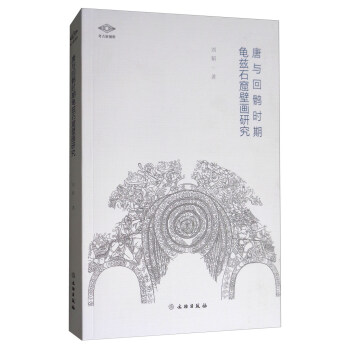
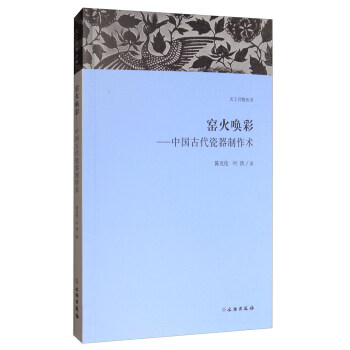

![美·好·中華:近二十年考古成果展 [Splendor and Bearuty:The Archaeological Finds in Recent 20 Years in China] pdf epub mobi 電子書 下載](https://pic.windowsfront.com/12212047/5a095d17N0f9b1e59.jpg)
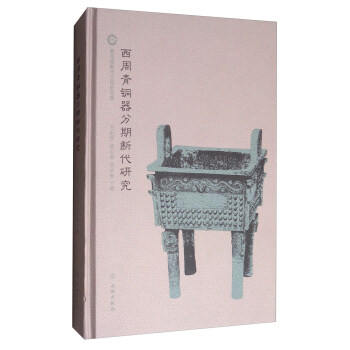
![佛像的故鄉:犍陀羅佛教藝術 [The Hometown of Buddha:The Buddhist Art of Gandhara] pdf epub mobi 電子書 下載](https://pic.windowsfront.com/12212051/5a095d17N76467502.jpg)
